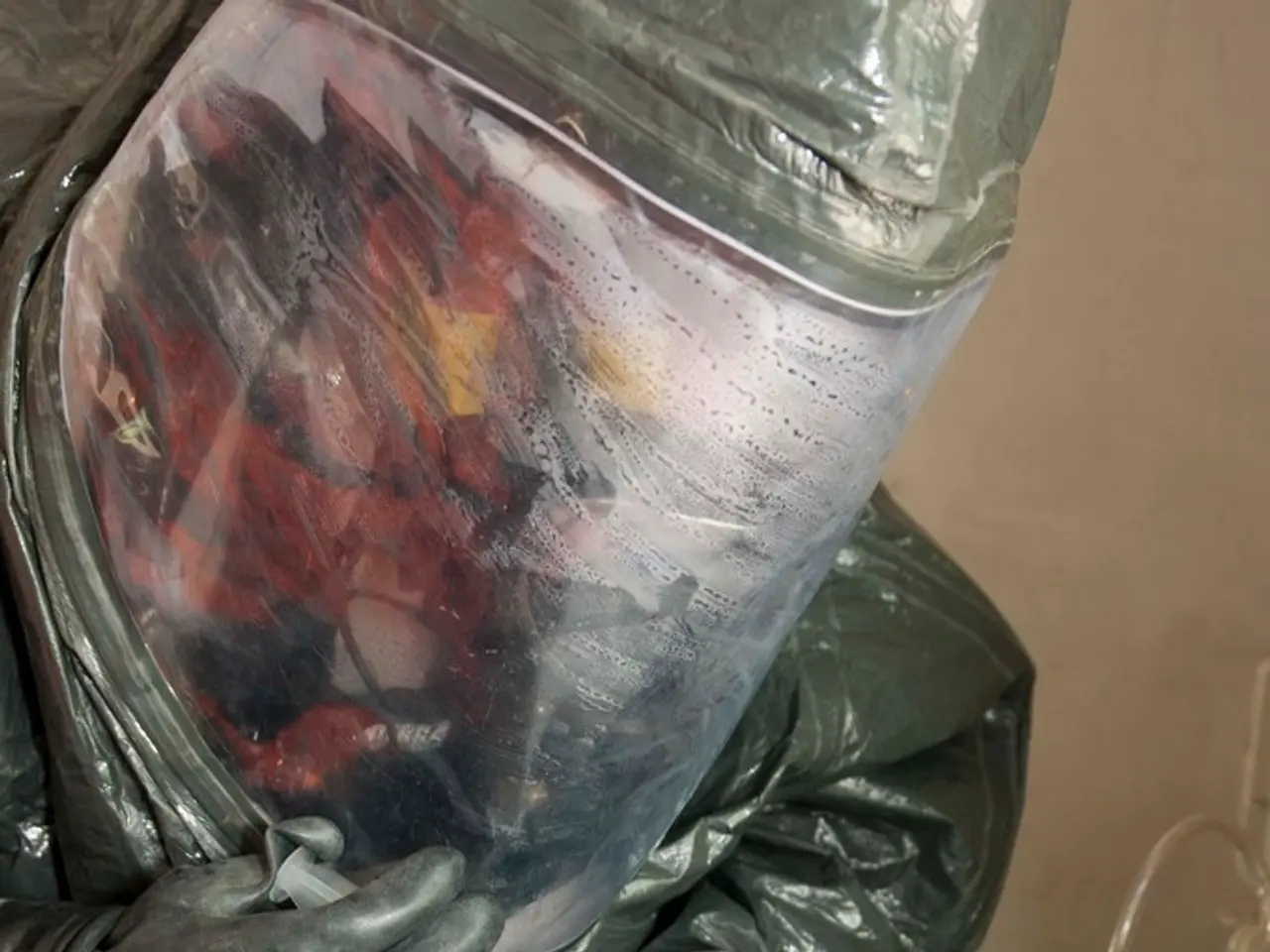Survival duration of HIV outside the human body
In the ongoing fight against HIV, understanding how the virus is transmitted is crucial in reducing the risk of infection. Here are some key points about HIV transmission, survival outside the body, and preventive measures.
PrEP, or pre-exposure prophylaxis, is a daily pill that minimises the chance of contracting HIV. This preventive measure, when combined with safe sexual practices, can significantly lower the risk of HIV transmission.
The bodily fluids that carry HIV include blood, semen, preseminal fluid, fluids in the rectum, fluids in the vagina, and breast milk. However, it is important to note that HIV does not survive long outside the body. The virus becomes inactive quickly when exposed to air and does not remain infectious on surfaces or through casual contact such as hugging, shaking hands, or sharing dishes.
HIV in vaginal fluids exists in smaller concentrations compared to blood and semen. Anal sex poses a higher risk for HIV transmission than vaginal sex due to the delicate tissues involved and the potential for microscopic tears.
HIV survival outside the body varies depending on the type of fluid and environmental conditions. In general, the virus does not live on the skin and does not survive long outside the body. However, within wet bodily fluids and under conditions that prevent drying or exposure to disinfectants, HIV can persist for a limited time.
Modern antiretroviral therapies are effective in preventing HIV transmission. Once the viral load is undetectable, there is virtually no risk of the virus transmitting to other people through blood, semen, or other bodily fluids. It is also important to note that HIV cannot replicate without a human host.
People can reduce or eliminate the chance of contracting HIV by using barrier contraceptives or taking preventive HIV therapy, known as pre-exposure prophylaxis (PrEP). Contact with dried blood or semen that has been outside the body does not generally pose a risk for contracting HIV.
HIV transmission during pregnancy, birth, or breastfeeding is becoming less common with recent developments in care. However, in extremely rare cases, the virus may pass to an infant during these stages.
The risk of contracting HIV from sharing equipment to inject drugs, such as needles and syringes, is very high. In the United States, the primary ways people contract HIV are sharing equipment when injecting drugs and having anal or vaginal sex without barrier contraceptives.
In summary, HIV survival outside the body is very limited, especially when fluids dry out or are exposed to air, heat, or cleaning agents. This greatly reduces the risk of transmission through environmental exposure. By understanding the ways HIV is transmitted and taking appropriate precautions, we can work towards reducing the spread of this virus.
[1] Centers for Disease Control and Prevention. (2021). HIV Transmission. Retrieved from https://www.cdc.gov/hiv/basics/transmission.html
[2] World Health Organization. (2019). HIV Transmission. Retrieved from https://www.who.int/news-room/q-a-detail/hiv-transmission
- Utilizing pre-exposure prophylaxis (PrEP) in conjunction with safe sexual practices can significantly lower the risk of HIV transmission, as stated in the ongoing battle against this medical-condition.
- HIV exists in smaller concentrations in vaginal fluids compared to blood and semen, yet anal sex still poses a higher risk for transmission due to delicate tissue involvement and potential microscopic tears, as discussed earlier.
- It is essential to prioritize mental-health alongside physical health when it comes to addressing sexual-health matters and HIV prevention; understanding the transmission mechanisms can help promote health-and-wellness practices that decrease the risk of HIV infection.




